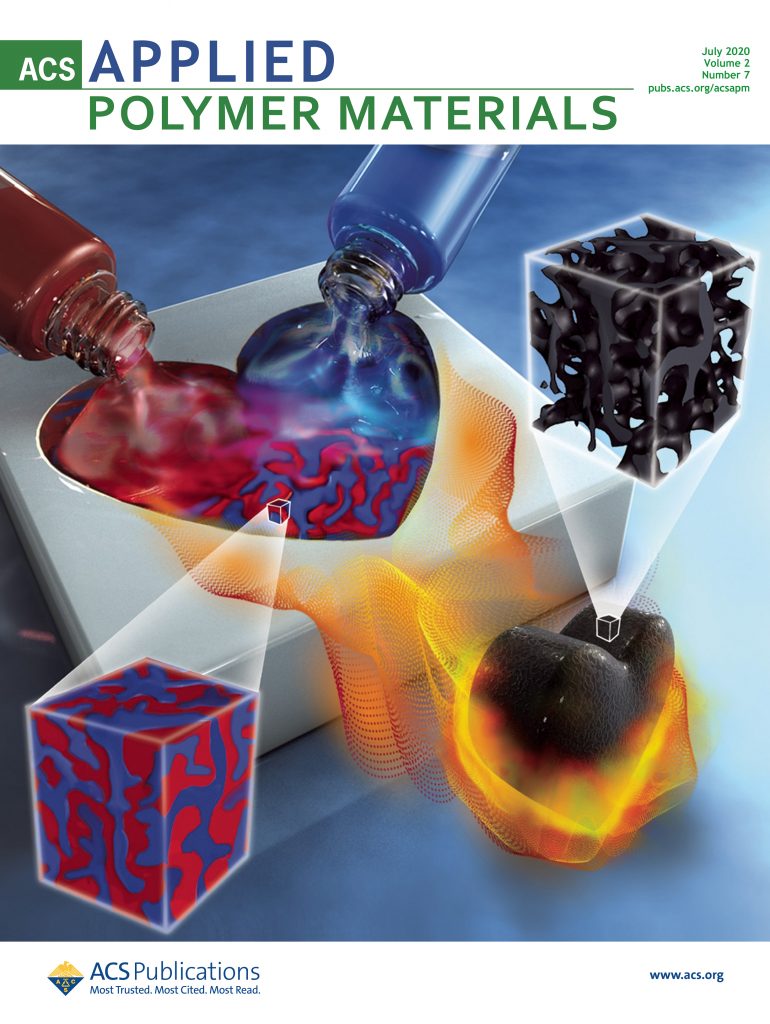From microfacets to participating media: A unified theory of light transport with stochastic geometry
IF 4.4
2区 化学
Q2 MATERIALS SCIENCE, MULTIDISCIPLINARY
引用次数: 0
Abstract
Stochastic geometry models have enjoyed immense success in graphics for modeling interactions of light with complex phenomena such as participating media, rough surfaces, fibers, and more. Although each of these models operates on the same principle of replacing intricate geometry by a random process and deriving the average light transport across all instances thereof, they are each tailored to one specific application and are fundamentally distinct. Each type of stochastic geometry present in the scene is firmly encapsulated in its own appearance model, with its own statistics and light transport average, and no cross-talk between different models or deterministic and stochastic geometry is possible. In this paper, we derive a theory of light transport on stochastic implicit surfaces , a geometry model capable of expressing deterministic geometry, microfacet surfaces, participating media, and an exciting new continuum in between containing aggregate appearance, non-classical media, and more. Our model naturally supports spatial correlations , missing from most existing stochastic models. Our theory paves the way for tractable rendering of scenes in which all geometry is described by the same stochastic model, while leaving ample future work for developing efficient sampling and rendering algorithms.从微表面到参与介质:随机几何的光传输统一理论
随机几何模型在图形学中取得了巨大成功,可用于模拟光与参与介质、粗糙表面、纤维等复杂现象的相互作用。虽然这些模型都基于相同的原理,即用随机过程代替复杂的几何体,并推导出所有实例的平均光传输,但它们都是为特定应用量身定制的,在本质上是不同的。场景中存在的每一种随机几何体都被牢牢地封装在自己的外观模型中,有自己的统计量和光传输平均值,不同模型或确定性几何体与随机几何体之间不可能有任何交集。 在本文中,我们推导了随机隐含表面上的光传输理论,这是一种几何模型,能够表达确定性几何、微切面表面、参与性介质,以及介于两者之间的令人兴奋的新连续体,其中包含集合外观、非经典介质等。我们的模型自然支持空间相关性,这是大多数现有随机模型所不具备的。 我们的理论为使用同一随机模型描述所有几何图形的场景的可渲染性铺平了道路,同时为开发高效的采样和渲染算法留下了大量的未来工作。
本文章由计算机程序翻译,如有差异,请以英文原文为准。
求助全文
约1分钟内获得全文
求助全文
来源期刊

ACS Applied Polymer Materials
Multiple-
CiteScore
7.20
自引率
6.00%
发文量
810
期刊介绍:
ACS Applied Polymer Materials is an interdisciplinary journal publishing original research covering all aspects of engineering, chemistry, physics, and biology relevant to applications of polymers.
The journal is devoted to reports of new and original experimental and theoretical research of an applied nature that integrates fundamental knowledge in the areas of materials, engineering, physics, bioscience, polymer science and chemistry into important polymer applications. The journal is specifically interested in work that addresses relationships among structure, processing, morphology, chemistry, properties, and function as well as work that provide insights into mechanisms critical to the performance of the polymer for applications.
 求助内容:
求助内容: 应助结果提醒方式:
应助结果提醒方式:


